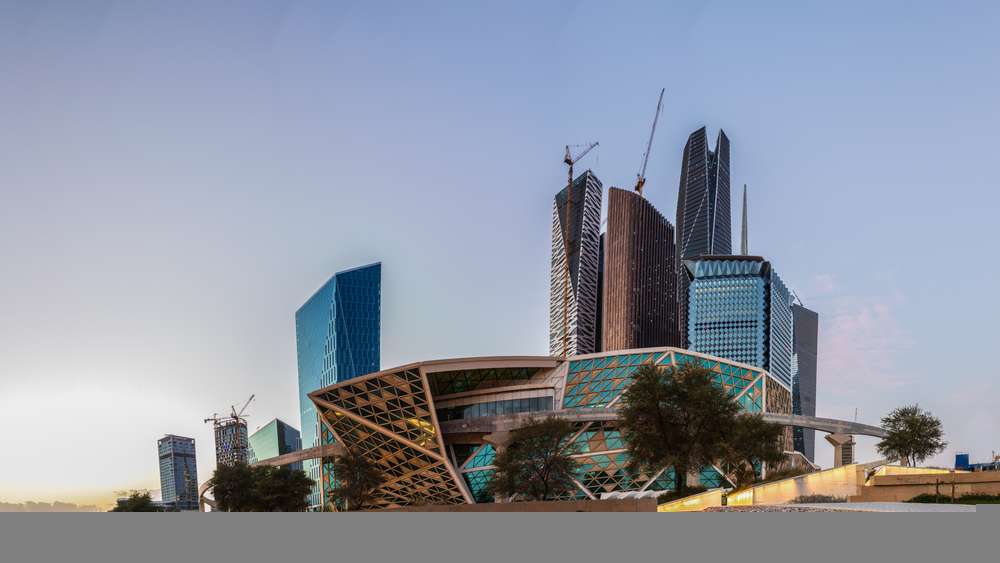Saudi Arabia, a land of breathtaking deserts, vibrant cities, and modern development, holds a treasure trove of cultural and historical riches that many are yet to discover. While the world often associates Saudi Arabia with its booming oil industry, there’s so much more to this Middle Eastern nation than meets the eye. In this article, we’ll delve into the heart of Saudi Arabia’s heritage, unveiling the hidden gems, traditions, and historical landmarks that make it a jewel in the Middle East.
AFTER YOU APPLY SAUDI VISA ONLINE NEXT STEPS
Ancient History and Civilization
Saudi Arabia’s history dates back to ancient times, with evidence of human habitation tracing as far as 12,000 years ago. The Arabian Peninsula has been a cradle of civilizations, and it played a pivotal role in the caravan trade routes that connected the East and West.
Nabatean Kingdom: One of the most famous ancient civilizations in Saudi Arabia was the Nabatean Kingdom. Al-Ula, a UNESCO World Heritage Site, features the stunning Madain Saleh, often referred to as “Saudi Arabia’s Petra.” This archaeological wonder boasts remarkable rock-cut tombs and a fascinating glimpse into the trade and culture of the Nabateans.
Diriyah: Diriyah, located just outside Riyadh, is the historical birthplace of the Saudi state. It was the original seat of power for the Al Saud family and played a significant role in the formation of modern Saudi Arabia.
Cultural Traditions
Saudi Arabia’s rich cultural heritage is deeply rooted in the customs and traditions that have been passed down through generations. Here are some of the cultural gems that make Saudi Arabia unique:
Traditional Dress: The distinctive Saudi attire for men includes the thobe (a long white robe) and the ghutrah (headscarf), while women wear abayas and niqabs. These garments reflect the kingdom’s cultural and religious identity.
Arabian Cuisine: Saudi cuisine is a reflection of the country’s diverse regions. Traditional dishes like Kabsa (spiced rice with meat) and Samboosa (stuffed pastries) showcase the flavors of the Middle East.
Al-Sadu Weaving: This traditional craft involves weaving patterns into textiles, creating beautiful, intricate designs that are both artistic and functional.
Al Ardha Dance: A ceremonial dance that’s performed on special occasions, Al Ardha features synchronized movements, poetry, and traditional music. It’s a captivating display of Saudi heritage.
Historical Landmarks
Saudi Arabia’s historical landmarks are scattered across the nation, each offering a unique insight into its past and present.
Masmak Fortress: Located in Riyadh, the Masmak Fortress is a symbol of the country’s unification. It was here that Abdulaziz Ibn Saud, the founder of modern Saudi Arabia, recaptured Riyadh in 1902.
Al-Masmak Museum: Adjacent to the Masmak Fortress, this museum showcases artifacts, photographs, and documents that recount the history of the Saudi state.
King Abdulaziz Historical Center: This museum in Riyadh provides a comprehensive look at the life and achievements of King Abdulaziz, who unified the country.
SAUDI VISA APPLICATION PROCESS
Modern Marvels
While Saudi Arabia embraces its historical heritage, it is also making bold strides towards the future with cutting-edge architecture and infrastructure.
The Kingdom Centre Tower: In Riyadh, this skyscraper stands as a modern architectural masterpiece, featuring a shopping mall, offices, and the stunning Sky Bridge that offers panoramic views of the city.
The Jeddah Corniche: This stunning waterfront area in Jeddah is home to the King Fahd Fountain, one of the world’s tallest fountains, and an array of restaurants, parks, and public art installations.
The King Abdullah Economic City (KAEC): As a flagship of Saudi Arabia’s Vision 2030 initiative, KAEC is a futuristic metropolis designed to foster economic growth, technological innovation, and sustainability.
Heritage Preservation and Promotion
Saudi Arabia is actively engaged in the preservation and promotion of its rich cultural heritage. Initiatives like “Diriyah Gate” aim to restore and revitalize historical sites, transforming them into cultural and entertainment hubs. Moreover, UNESCO’s recognition of Al-Ula as a World Heritage Site underscores the international importance of preserving Saudi Arabia’s historical legacy.
Conclusion
Saudi Arabia, often dubbed “The Jewel of the Middle East,” offers a compelling blend of ancient history and modern ambition. As the country embarks on a journey of diversification and global engagement, it remains deeply connected to its roots, fostering and celebrating a heritage that has been cultivated over centuries. Visitors and curious explorers can experience the rich tapestry of Saudi culture, from the ancient wonders of Madain Saleh to the gleaming skyscrapers of Riyadh, making Saudi Arabia a treasure trove of history, traditions, and contemporary marvels. So, next time you think of Saudi Arabia, remember that beyond the deserts and oil, there’s a captivating story waiting to be told.
More articles: Unveiling the Indigenous Influence on New Zealand’s Business Terrain



